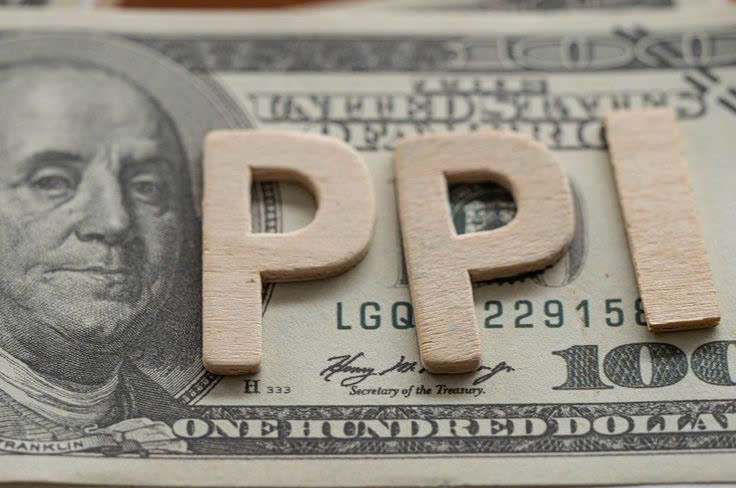FxGlobalHub: Silver Prices Plummet: Futures Drop 6% in New York Trading
Updated: 2025/04/04 21:30:55
Silver futures in New York tumbled 6.00% on April 4th, now trading at $30.05/ounce. Spot silver prices also fell 5.5%. Understand the factors driving this silver price decline and its potential impact on the market.
Silver Prices Experience Sharp Decline
On April 4th, silver futures traded in New York witnessed a significant downturn, falling by 6.00% during the day. This brought the price down to $30.05 per ounce. Simultaneously, the spot price of silver also experienced a considerable decrease, dropping by 5.5%. This coordinated movement suggests a broader market sentiment influencing silver valuations.
Factors Influencing the Silver Price Decline
Several factors could contribute to this sudden drop in silver prices. These include:
- Stronger US Dollar: A strengthening US dollar often puts downward pressure on commodity prices, including silver, as it becomes more expensive for international buyers to purchase.
- Rising Interest Rates: Expectations of rising interest rates by the Federal Reserve can also negatively impact silver. Higher interest rates increase the opportunity cost of holding non-yielding assets like silver, making interest-bearing investments more attractive.
- Profit-Taking: After a period of price appreciation, investors may choose to take profits, leading to a sell-off and subsequent price decline.
- Decreased Industrial Demand: Silver has significant industrial applications. A slowdown in global manufacturing or specific industry sectors can reduce demand for silver, impacting its price.
- Market Sentiment: Overall market sentiment and risk appetite play a crucial role. A shift towards risk-aversion can lead investors to sell off assets perceived as riskier, including commodities like silver.
Impact on Foreign Exchange Markets (Potential)
While silver's direct impact on major foreign exchange markets is limited compared to currencies or government bonds, significant price movements can have ripple effects, especially for countries with large silver reserves or silver mining industries. For example:
- Currency Fluctuations: A substantial decline in silver prices could negatively impact the currency of a country heavily reliant on silver exports. This is because reduced export revenue can weaken the country's trade balance and put downward pressure on its currency.
- Investor Confidence: A sharp drop in silver can signal broader concerns about economic conditions, potentially leading to risk-off sentiment and affecting various currencies.
However, it's important to note that these effects are often indirect and depend on the specific economic circumstances of each country.
Silver Price Comparison to the Previous Year
To assess the significance of this recent price drop, it's crucial to compare it to the silver price performance in the same period last year. Examining year-over-year changes can reveal whether this decline is an isolated event or part of a broader trend. If, for instance, silver prices were significantly higher last year at this time, the current drop might represent a correction after a period of unsustainable growth. Conversely, if prices were lower, it could signal a more concerning downward trajectory.
Analyzing factors that influenced silver prices last year, such as inflation rates, interest rate policies, and industrial demand, provides valuable context for understanding the current market dynamics.
Understanding Key Financial Terms
To fully grasp the implications of silver price movements, it's helpful to understand the following key financial terms:
- Spot Price: The current market price for immediate delivery of a commodity, such as silver.
- Futures Contract: An agreement to buy or sell a commodity at a predetermined price and date in the future. Futures prices reflect market expectations of future supply and demand.
- Ounce: A unit of weight commonly used for precious metals. One troy ounce is equal to 31.1034768 grams.
- Inflation: The rate at which the general level of prices for goods and services is rising, and subsequently, purchasing power is falling.
- Interest Rates: The cost of borrowing money, usually expressed as an annual percentage. Interest rates influence investment decisions and economic activity.
Future Outlook for Silver Prices
Predicting future silver prices is challenging due to the numerous factors that can influence the market. However, by monitoring key economic indicators, geopolitical events, and market sentiment, investors can gain a better understanding of potential price movements. Factors to watch include:
- Inflation Data: Higher inflation can boost silver prices as investors seek safe-haven assets.
- Interest Rate Decisions: Changes in interest rate policies by central banks can impact silver's attractiveness as an investment.
- Industrial Demand: Growth or contraction in key industries that use silver can affect demand and prices.
- Geopolitical Risks: Political instability or conflict can increase demand for safe-haven assets like silver.
Staying informed about these factors and their potential impact on silver prices is essential for making informed investment decisions.
Fed's Collins: Expect Rates to Stay Higher for Longer.
2025/04/11 20:17:53

Silver Spot Price Jumps 1.00% to $31.52 an Ounce Today
2025/04/11 19:49:53

US PPI (y/y): Actual 2.7% - Market Impact Analysis
2025/04/11 19:30:45
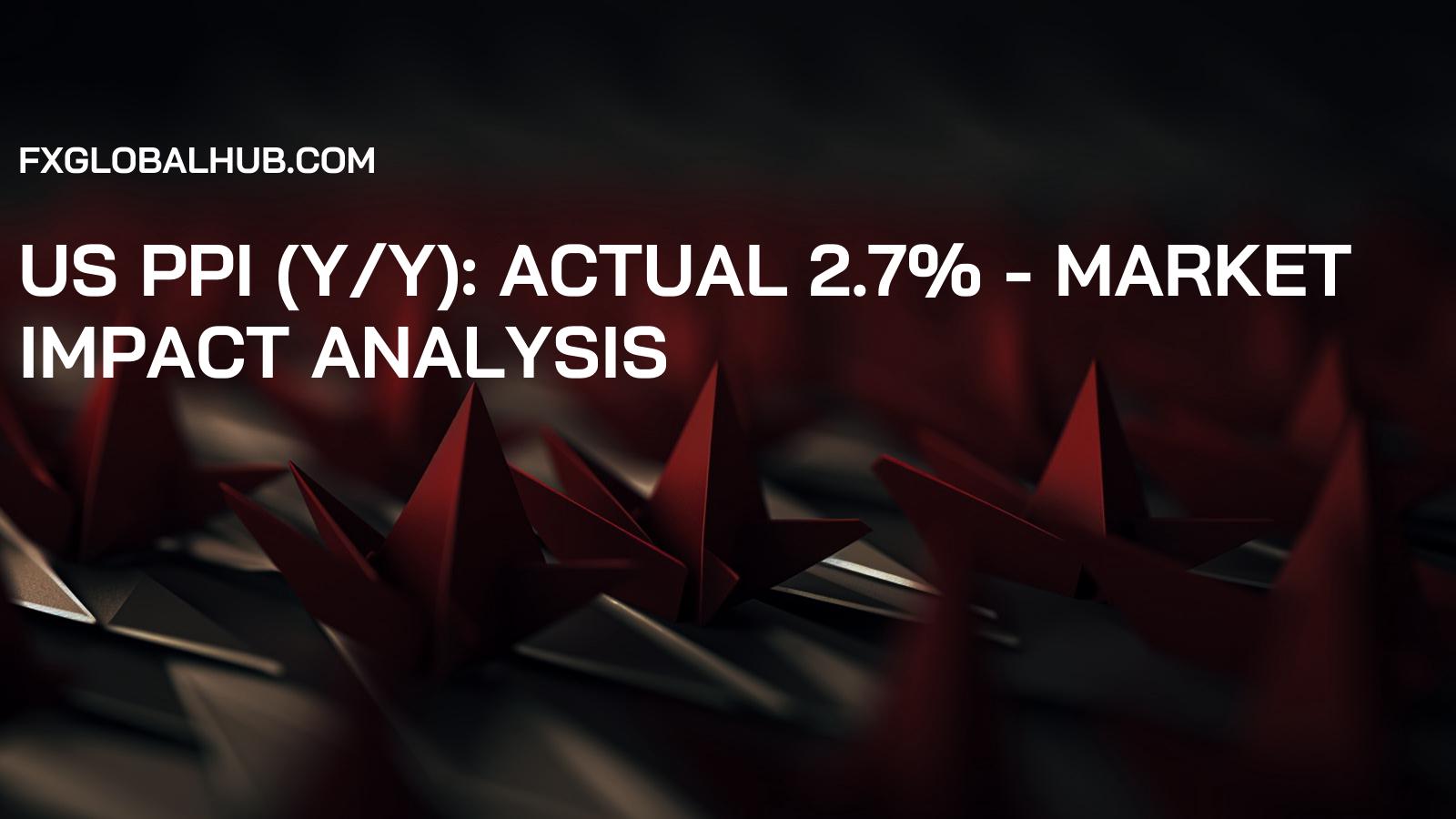
Thai Finance Minister Hopes for Trade Talks with US Officials Soon
2025/04/11 19:12:21

US Energy Secretary Wright: US to Keep Increasing Oil Production Under Trump
2025/04/11 18:23:15
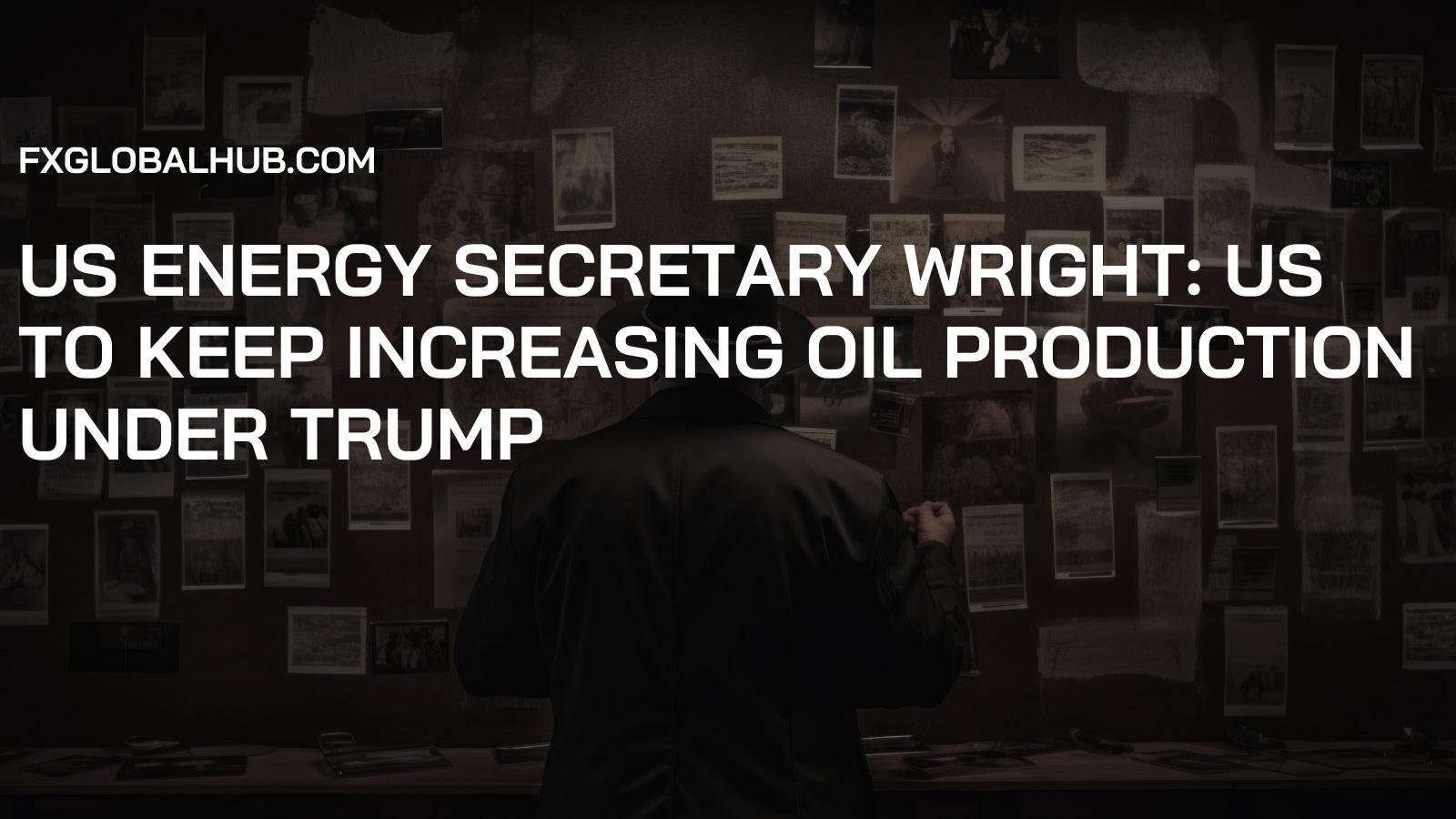
US Energy Secretary: Maximum Pressure on Iran Oil Exports
2025/04/11 18:17:21
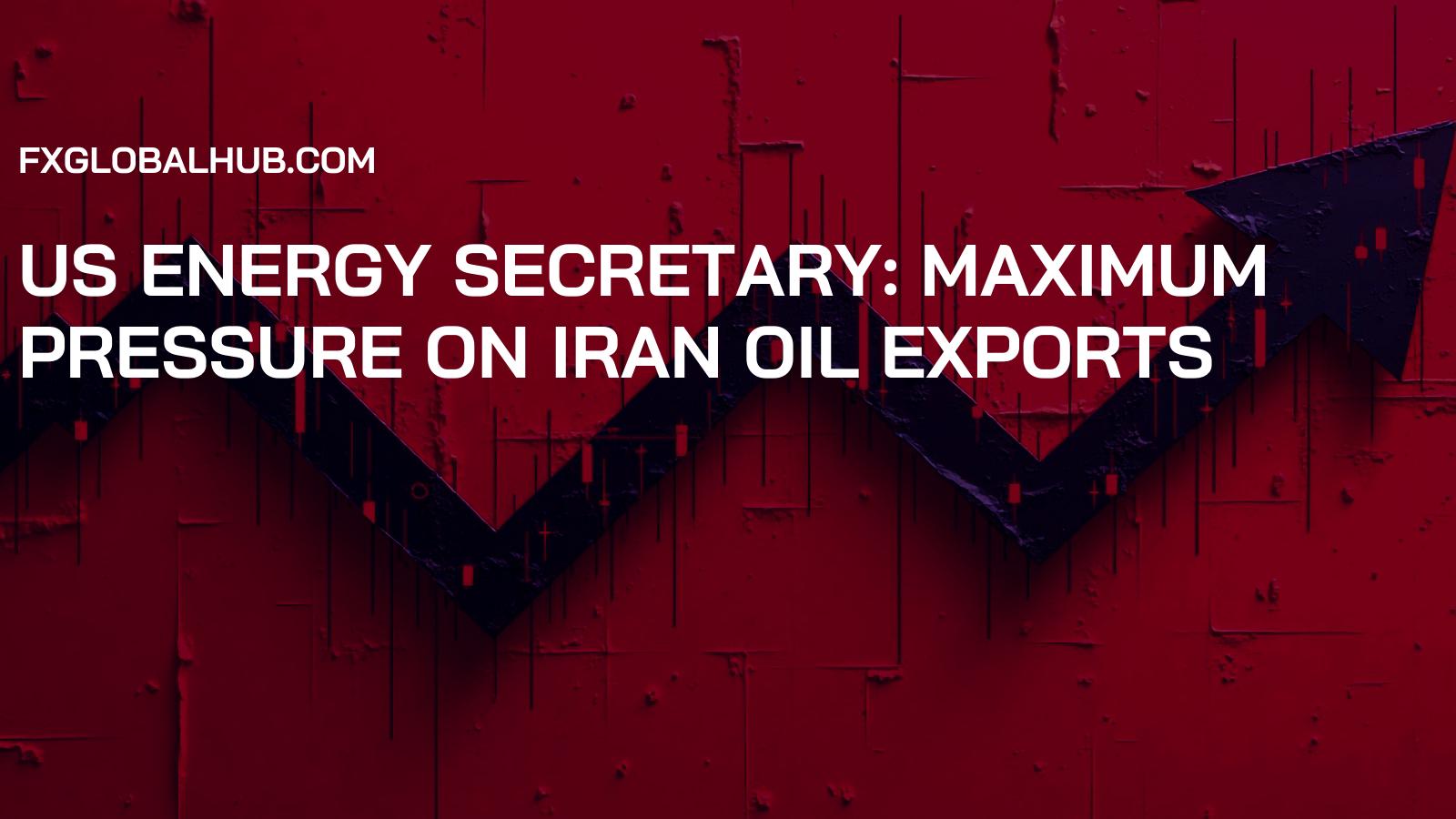
Gold Futures Soar to $3,250 in New York: Up 2.28%
2025/04/11 17:14:57
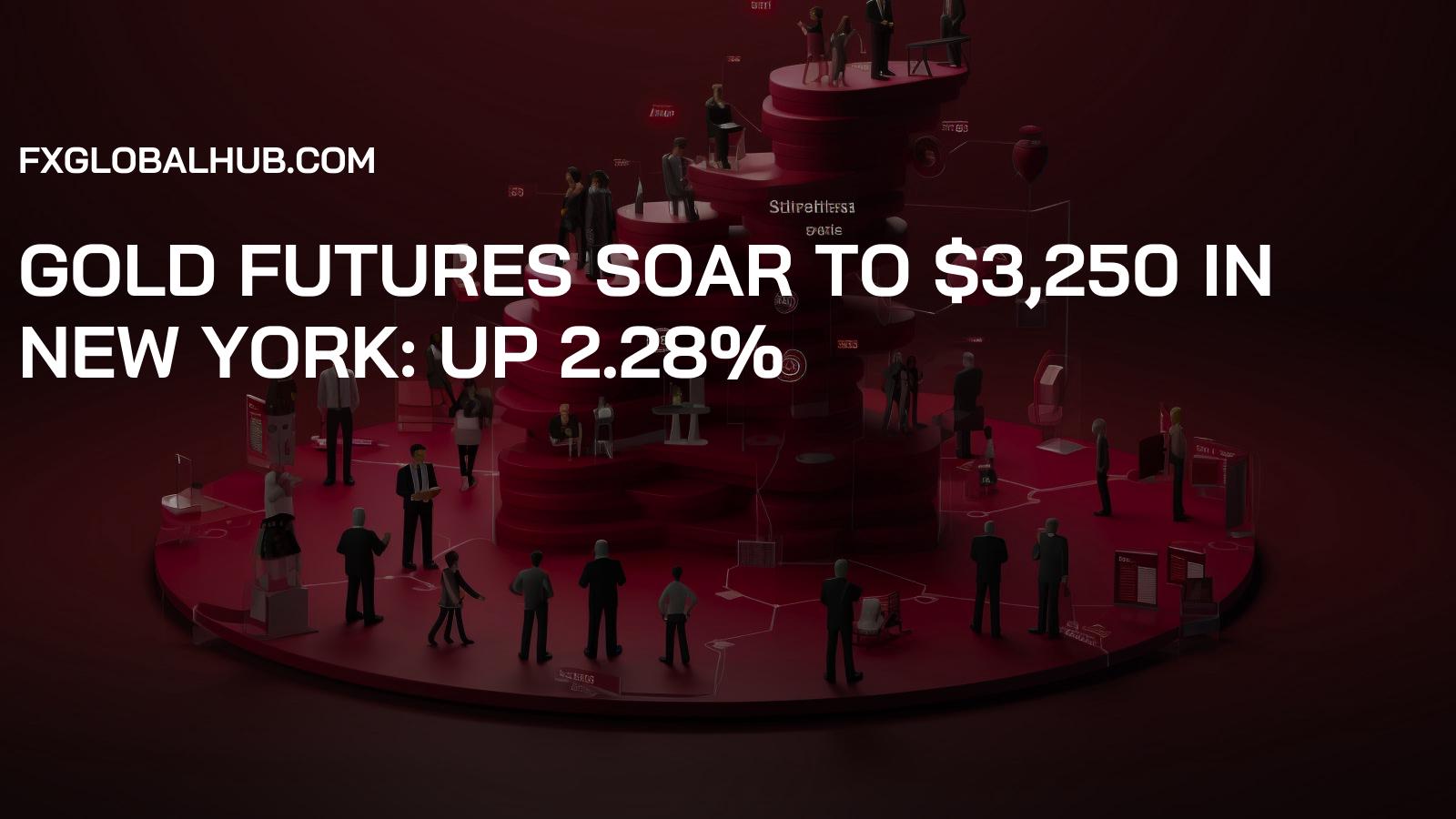
Scenarios and News analysis of XAUUSD: PPI, Inflation expectations & Gold rally on China’s tariff response
2025/04/11 17:06:50
